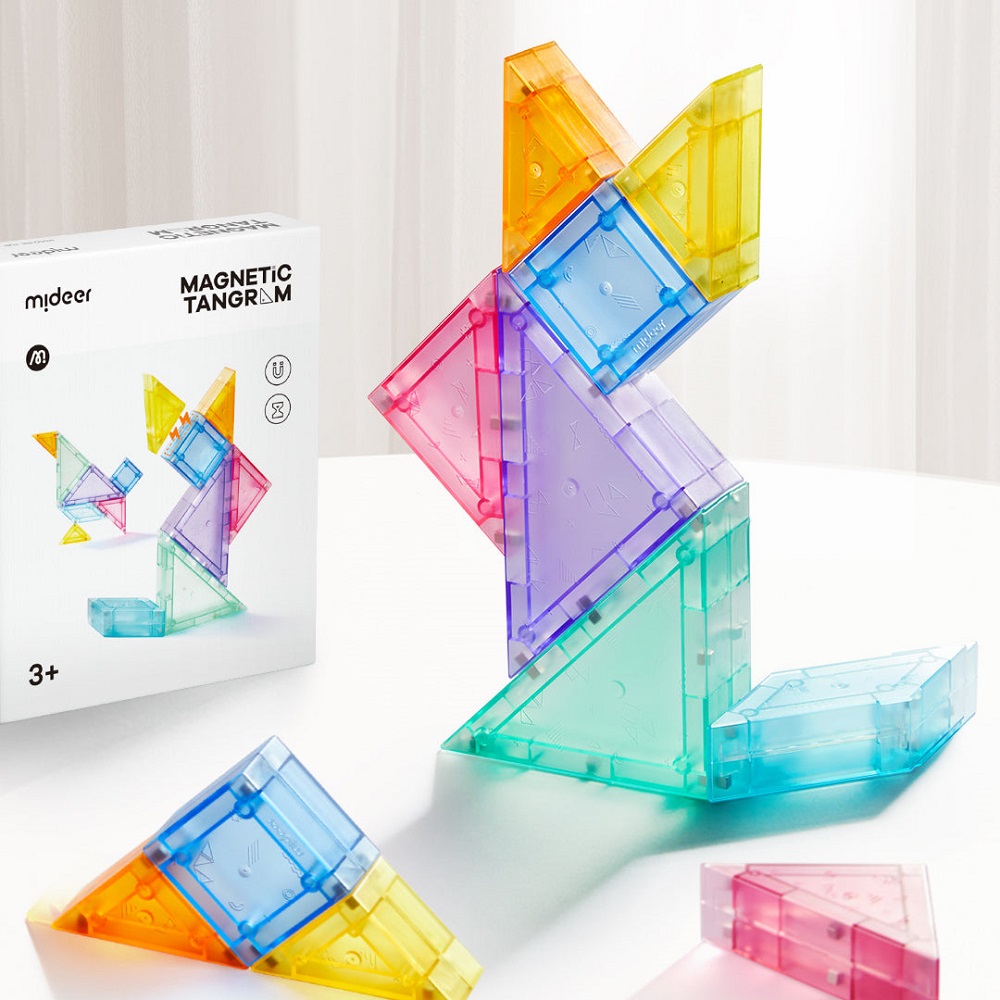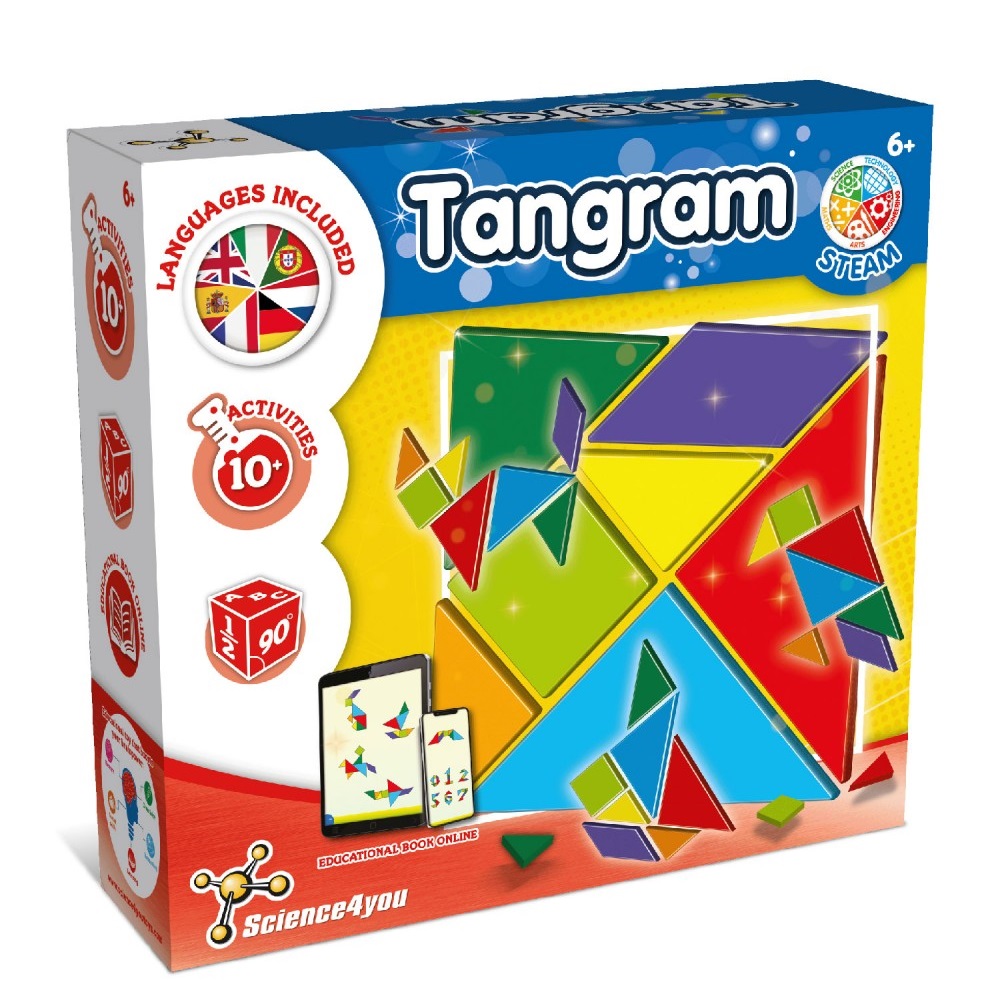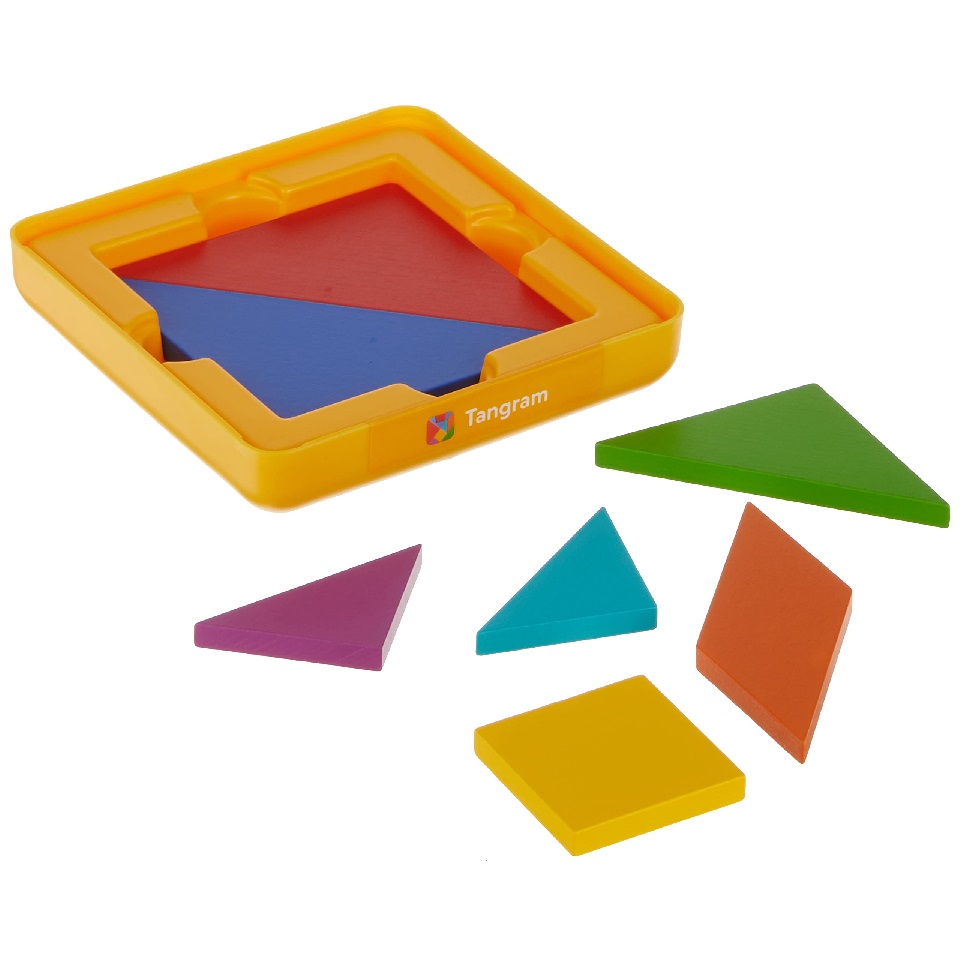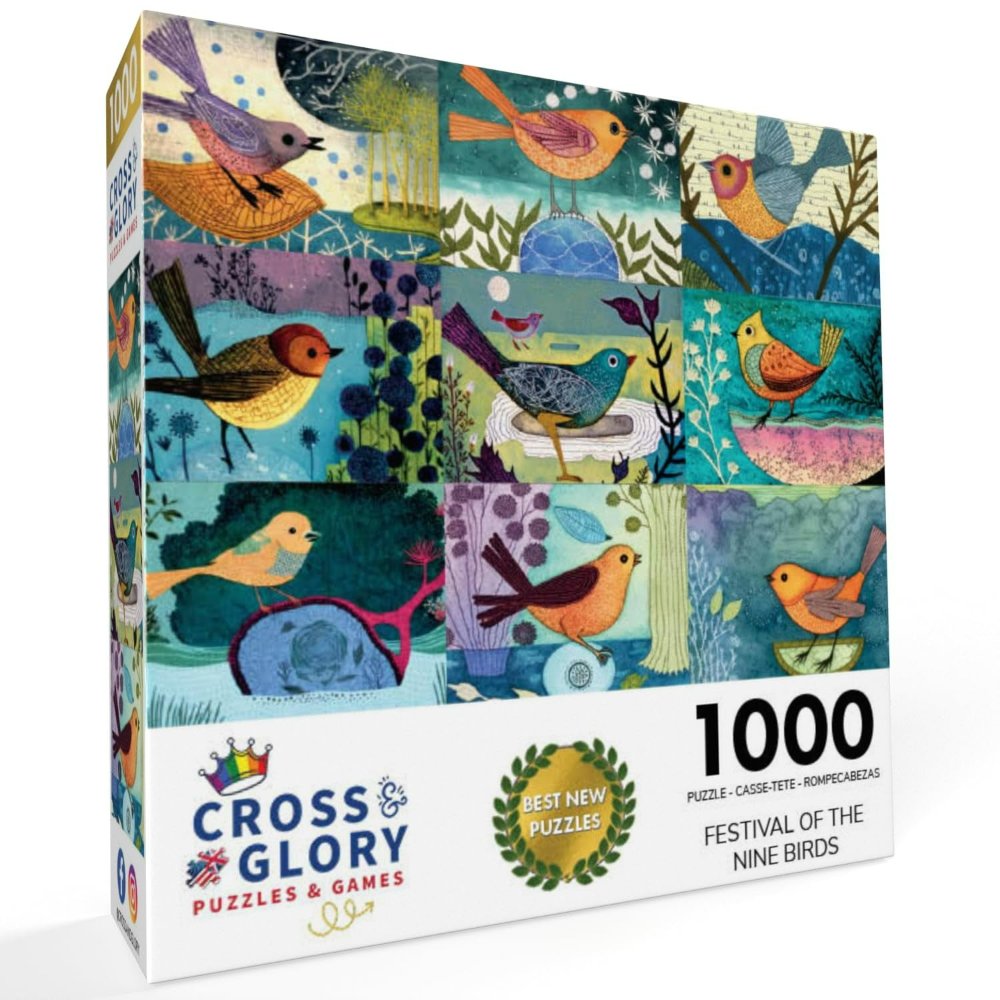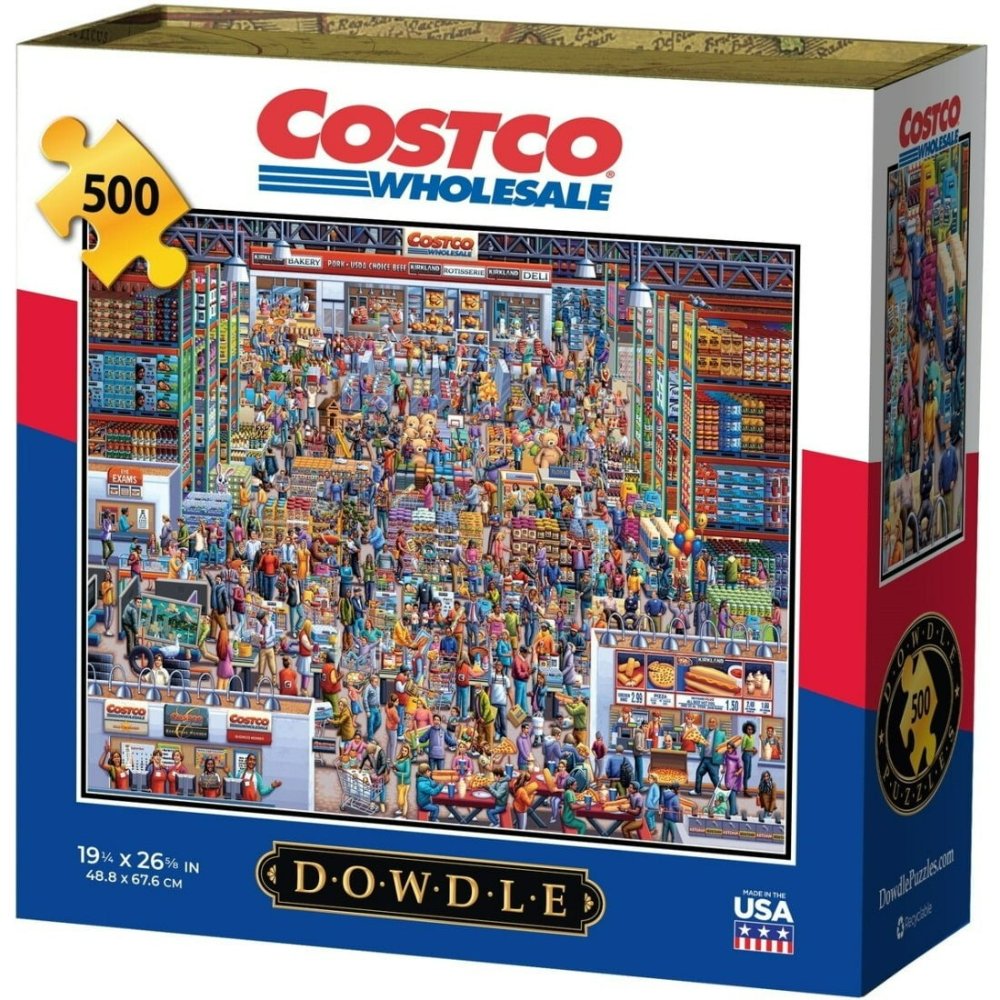Tangram pictures are an engaging way to stimulate creativity while honing problem-solving skills. Invented in China during the early 19th century, tangrams consist of seven flat pieces called tans. These tans fit together to form a square. However, they can be rearranged to create a multitude of shapes and figures, ranging from animals to people, and even abstract designs. The tangram encourages spatial awareness and spatial reasoning, making it an excellent educational tool for learners of all ages. This article explores the fascinating world of tangram pictures, detailing their history, benefits, and creative applications.
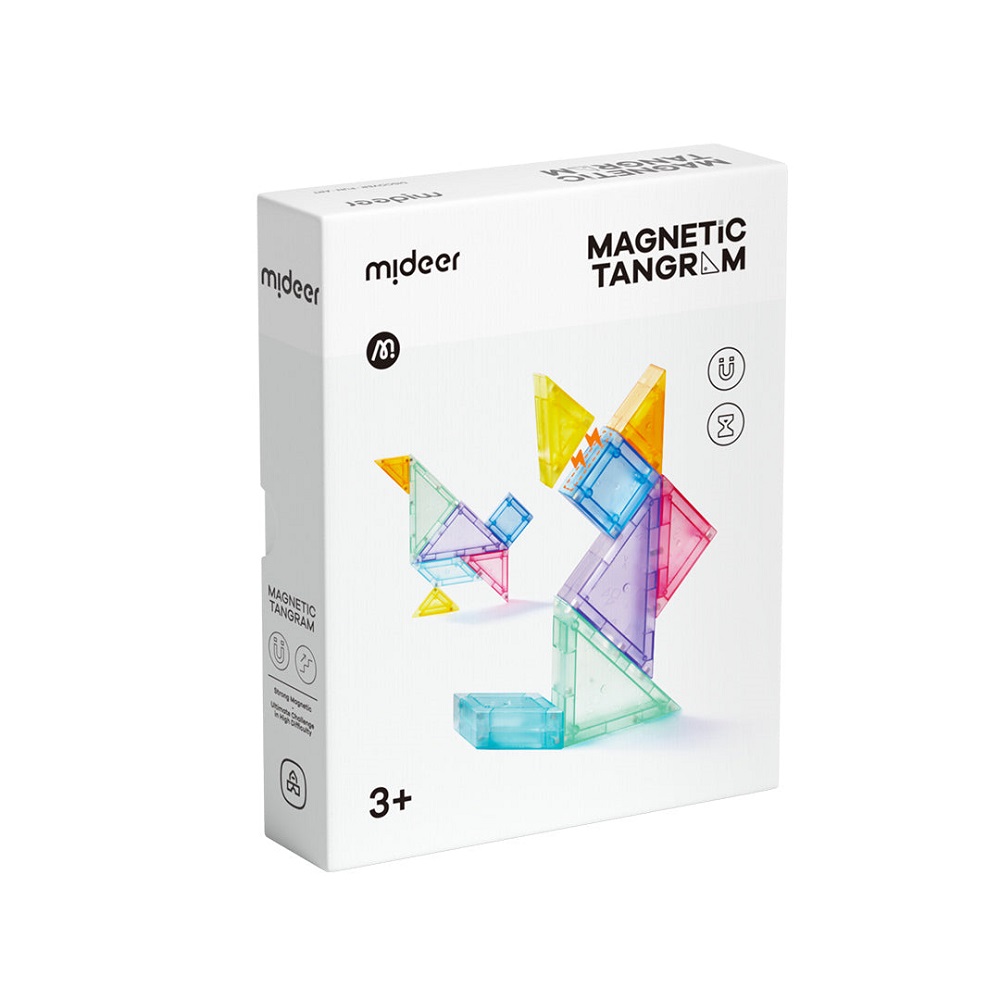
The History of Tangram Pictures
The Origins of Tangrams
Tangrams have a rich and interesting history that dates back hundreds of years. The game is believed to have originated in China during the Song Dynasty (960-1279 AD). However, it gained popularity in the West in the 19th century. European sailors brought the game back from China, where it quickly became a sensation. People of all ages began to enjoy the challenge of fitting the tans into various shapes. The simplicity of the game allowed it to spread rapidly across cultures and continents.
Tangrams Through the Ages
Initially, tangrams were made from wood or even paper. As the game spread, people began to produce tangram sets from various materials. This included cardboard, plastic, and even metal. The designs of tangram pieces also evolved over time, with some sets becoming more elaborate. Despite these variations, the core of the game remained the same: seven tans that can create countless shapes. The enduring appeal of tangrams lies in their ability to adapt and evolve while still providing a consistent framework for creativity.
The Cultural Significance of Tangrams
In recent years, tangrams have become more than just a game. They have taken on educational and therapeutic roles in many cultures. In classrooms, educators utilize tangram pictures to encourage critical thinking and collaborative learning. The challenge of forming specific shapes promotes communication and teamwork among students. In therapeutic settings, tangrams stimulate cognitive function and fine motor skills, making them beneficial for young children and individuals recovering from injuries.
Benefits of Playing with Tangrams
Cognitive Development
Engaging with tangram pictures contributes significantly to cognitive development. As players manipulate the tans, they enhance their spatial awareness and analytical thinking skills. This kind of problem-solving requires focus and patience, allowing players to think critically about how to assemble the pieces. Research shows that activities involving tangrams can lead to improved mathematical skills, particularly in geometry. Students who play with tangrams are often better at visualizing geometric concepts and understanding spatial relationships.
Fine Motor Skills
Tangrams also play a vital role in developing fine motor skills. As players grasp and connect the individual tans, they strengthen their hand-eye coordination and dexterity. This benefit is particularly important for young children, as they refine their skills in gripping and manipulating objects. Activities that involve bending, twisting, and positioning the pieces also encourage better control over hand movements. Parents and educators often use tangrams as a playful way to teach these essential skills.
Creativity and Imagination
Another remarkable benefit of tangram pictures is their power to inspire creativity. The open-ended nature of the game allows players to let their imaginations run wild. Unlike traditional puzzles with a single solution, tangrams invite users to explore countless possibilities. Children can create animals, characters, and abstract designs, while adults may create more complex and artistic shapes. This freedom encourages a sense of exploration and artistic expression, making it an enjoyable experience for everyone involved.
How to Create Tangram Pictures
Selecting Materials
Creating tangram pictures can be a fun and rewarding activity. The first step is to gather materials. You can buy pre-made tangram sets or make your own. If you choose to create your own, basic materials include cardboard, wood, or even sturdy paper. Ensure that the pieces are large enough to handle comfortably but small enough to fit together into a square. Children may enjoy decorating their tans with colors or patterns, adding a personalized touch to their creations.
Basic Shapes and Arrangements
Understanding the basic shapes of the tans is essential for creating various tangram pictures. The seven tans include two large triangles, one medium triangle, two small triangles, one square, and one parallelogram. Familiarizing yourself with how these pieces fit together is crucial for creating tangram pictures. Start by experimenting with simple arrangements, such as forming a triangle or a square. Once comfortable, gradually move on to more complex shapes, allowing creativity to flow.
Inspiration for Tangram Pictures
Finding inspiration is key to creating unique tangram pictures. There are countless resources available online, including image galleries and instructional videos. Pinterest and Instagram are excellent platforms for discovering creative ideas. Many websites offer free templates, making it easy to start. Consider setting challenges for yourself, such as creating specific animals or objects. Share your creations with friends and family to inspire others. Tangrams are truly a collaborative experience.
Educational Applications of Tangrams
In the Classroom
Educators use tangram pictures as an effective teaching tool in various subjects. In math classes, tangrams help students visualize geometric shapes and delve into concepts of symmetry and area. Teachers can introduce challenges where students must assemble specific shapes within a time limit, cultivating a competitive spirit while fostering teamwork. Give students opportunities to create original shapes and present how they did it, enabling them to practice their presentation skills.
In Special Education
In special education settings, tangrams can be tailored to meet individual needs. They provide tactile stimulation that can be beneficial for children with sensory processing disorders. The game encourages focus and engagement while fostering fine motor skills. For children with autism, tangrams offer a non-verbal method of expression, allowing them to communicate creatively. By integrating tangrams into specialized curricula, educators can create inclusive learning environments.
At Home
Tangrams are also a valuable tool for parents at home. Family game nights can include tangram challenges that promote interaction and bonding. Parents can set up friendly competitions, allowing children to showcase their creativity. These evenings can encourage discussions about design, creativity, and problem-solving. Not only does this foster family connections, but it also provides educational opportunities in a relaxed setting. Tangrams can bridge the gap between education and family fun seamlessly.
Exploring Tangram Art
Tangram in Modern Art
Tangrams have not only maintained their educational significance but have also found a place in modern art. Many contemporary artists explore the geometric shapes and vibrant colors of tangrams in their works. This intersection of art and geometry creates captivating pieces that continue to inspire. Artists often use tangram shapes to express concepts of transformation, unity, and divergence. This evolution of tangrams illustrates how ancient traditions can influence modern creativity.
Digital Tangram Art
Digital tangram pictures are gaining popularity in this digital age. Many apps and online platforms allow users to create virtual tangram designs. This modern approach allows for experimentation with colors and shapes, making it easier to share creations on social media. The digital format removes some traditional constraints, enabling players to think even more abstractly about their arrangements. Artists and designers leverage this to create visually stunning pieces that resonate with various audiences.
Collaborations and Installations
In recent years, there has been an increase in collaborative art projects using tangrams. Groups of artists come together to create large installations that feature tangram designs. These projects often provoke thought about community, collaboration, and creativity. The collective effort originates from the simple idea of rearranging geometric shapes into compelling art. Such initiatives emphasize the underlying unity in the diversity of ideas, illustrating tangrams’ versatility as a medium.
Conclusion: The Endless Journey of Tangram Pictures
Tangram pictures offer more than just a game; they open doors to creativity, cognitive development, and educational opportunities. The rich history of tangrams from their origins in China to their modern-day applications signifies their enduring charm. With benefits that extend into classrooms, homes, and art, tangrams adapt to suit a wide array of interests and needs. Whether you are a child exploring new shapes or an artist pushing boundaries, tangram pictures offer an endless journey of discovery. So, pick up a tangram set, and let your creativity soar!
